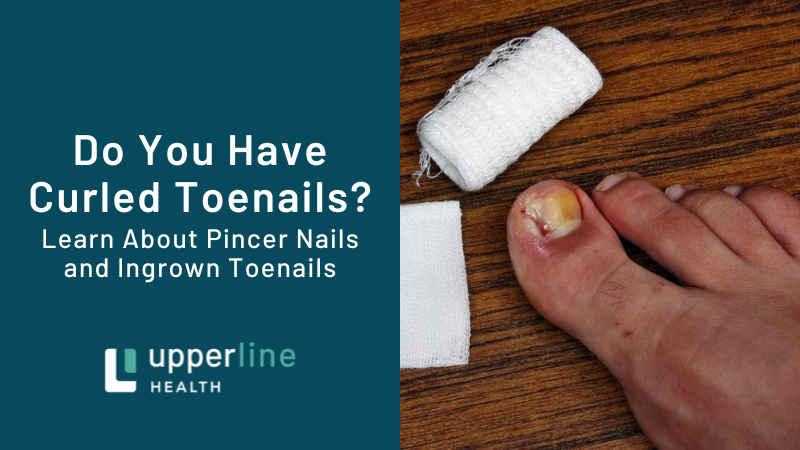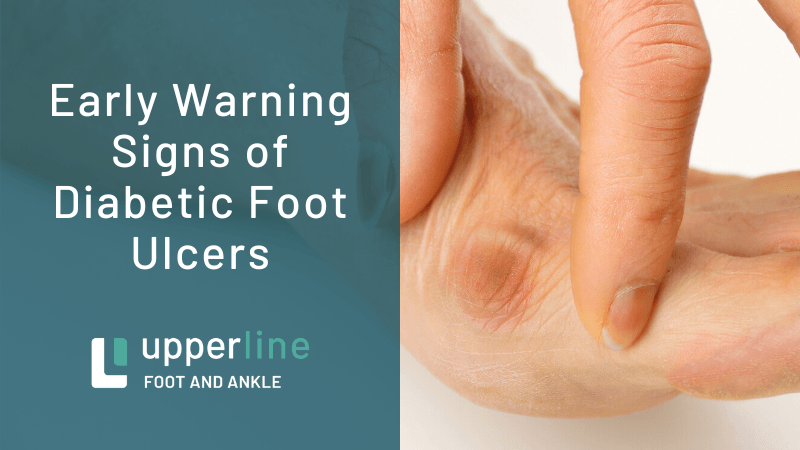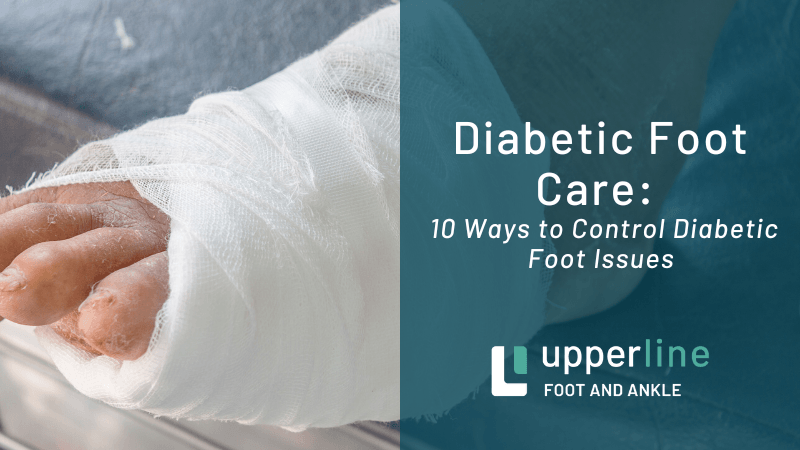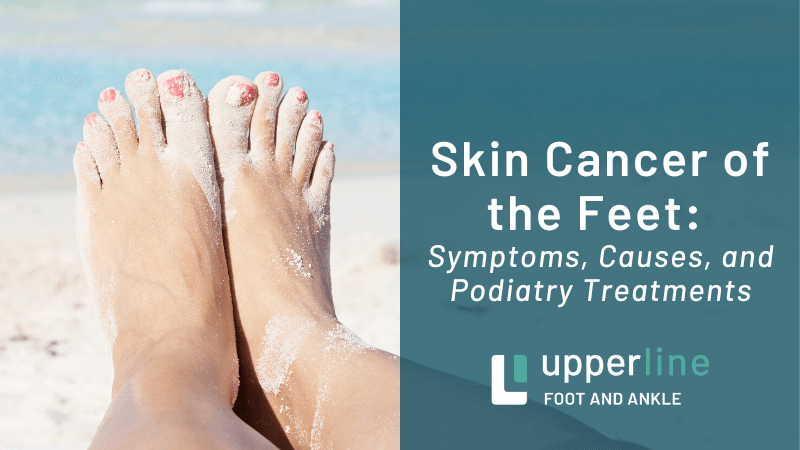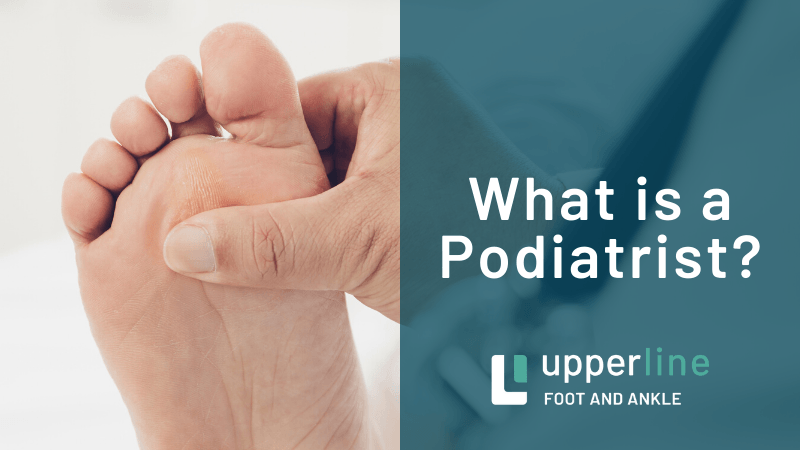Training for a Marathon? Watch Out for Foot Neuromas

Completing a marathon for the first time can be a huge achievement if you have just gotten into long-distance running. While a lot of runners adhere to a training schedule to build up their stamina, let your feet recover after hard workouts. Runners who overdo their workouts are prone to injuries and conditions like neuromas.
Read on to learn more about neuromas, how to prevent them, and how to treat them if they hinder your running.
What Is a Neuroma?
A neuroma is thickened nerve tissue and can happen anywhere in your body. The most common type of neuroma that can happen in the foot is called a Morton's neuroma. This neuroma develops in the ball of the foot between the third and fourth toes. Morton's neuromas, or intermetatarsal neuromas, cause pain, numbness, and tingling in the foot.
What Causes Foot Neuromas?
Long-distance running causes neuromas because the repetitive action of striking your foot to the ground can cause nerve tissue to thicken — especially if your shoes are old and do not have good padding.
If you run in narrow-pointed-toe shoes, you are especially prone to neuromas since these shoes can crowd and compress the toes.
How Do You Prevent Neuromas?
Take those rest days during your marathon training. If you want to cross-train, try low-impact activities, like swimming, so that your feet still get a rest.
If you like to wear high heels, you may want to abstain from wearing them while you train for a marathon, as high heels can make it easier for neuromas to develop (along with other foot issues).
In order to prevent neuromas, runners should not dismiss the early signs. When a neuroma starts to develop, you may feel like something is always in your shoe or that something is stuck to your foot. If you have to keep stopping in your runs to fix a wrinkle in your socks or to check for a pebble in your shoe, you may actually feel the nerve irritation in the ball of your foot.
Be sure to visit a podiatrist before the problem becomes worse and you must stop training altogether to heal.
How Can You Treat the Problem?
Ask your podiatrist to set you up with metatarsal pads. These pads help to spread the arch behind the ball of your foot so that the nerve tissue is not compressed. These teardrop-shaped pads can go under your feet give you extra support and provide pain relief.
Have your podiatrist show you how to properly place the metatarsal pads on your feet. People who have never used them before may place them incorrectly which can actually hurt the nerve tissue further.
Your podiatrist can also set you up with custom orthotics. Orthotics can relieve your pain and provide extra support for biomechanical foot issues. If orthotics do not help enough to treat your pain, you could also look into either massage therapy treatments or cortisone injections.
However, if none of these treatment options help, then you may need to talk with your podiatrist about surgical options. During a neuroma surgery, your podiatrist would remove the affected nerve tissue.
This surgery is an outpatient surgery, but you would still need to rest for a few weeks' time. Even after the surgery is completed, adjust your footwear and workout intensity so that neuroma symptoms do not return.
Contact us at Upperline Health Calilfornia, for more information about how to treat foot neuromas. Do not let foot injuries stop you from achieving your running goals! We look forward to speaking with you and answering all your questions and concerns.

